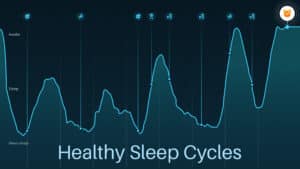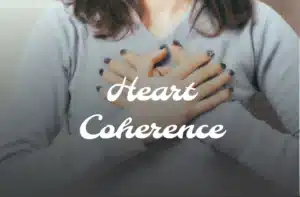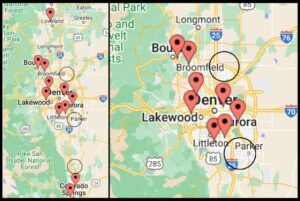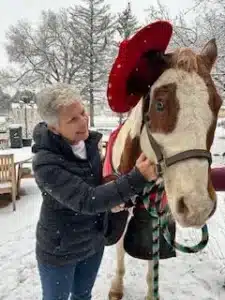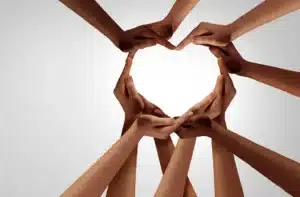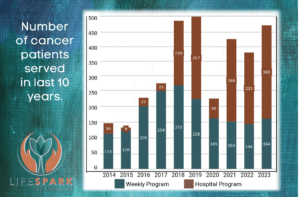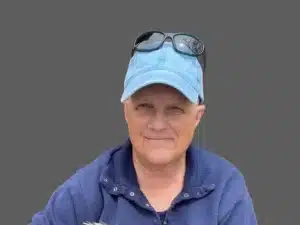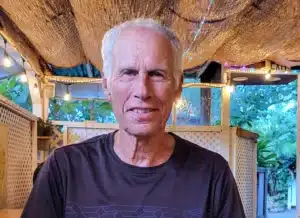By Bob Reynolds
You might already know that treating illness with touch has been around a very long time. Energy therapy’s colorful history goes back many millennia and its techniques are practiced—in one form or another—all over the globe. From Hawaii to Japan, India to Tibet, Brazil to the Philippines, and in ancient Egypt and Greece, men and women have been using their hands to address all kinds of health conditions. The 16th-century conquistador Cabeza de Vaca described native Americans using their hands to alleviate illness. In modern times, an Australian aborigine has claimed to eliminate diabetes and epilepsy in patients through touch. A man in Cyprus has helped a woman, deemed to be incurably paralyzed, to walk again by moving his hands lightly over her spine.
Since the Ice Age, some form of touch therapy has been part of the medical repertoire of shamans and other skilled practitioners. An Egyptian papyrus dated at around 1552 B.C. describes the laying-on of hands for treatment of health issues. The Greeks used therapeutic touch in their temples to Aesculapius, the god of medicine, for healing the sick. The playwright Aristophanes wrote that the practice restored a blind man’s sight. Medieval European accounts mention touching with the hands as a way to heal all manner of disorders.
Of course, these accounts and anecdotes don’t constitute science-based research. Historical reports often get “embroidered” over time. And even when cures did happen exactly as described, we can’t draw conclusions about what really caused them, or verify how they progressed. Still, the sheer volume of stories, and the use of hands in specific ways on every continent in every age can’t be ignored.
Because mind and body functions are so closely linked, improving a person’s psychological state often furthers the healing of physical issues. It’s a truism of modern medical science that people in a positive frame of mind have a better chance of getting better and thriving. But the idea didn’t start with Western medicine. Societies around the world have conceived of a universal life energy that runs through not only our bodies but through all of nature. This energy can be harnessed to improve people’s mental and emotional condition. Different cultures have given this energy different names: prana, etheric energy, fohat, orgone, Odic force, and mana. The ancient Chinese called it “chi” (where the “ki” part of “Reiki” comes from), and codified what they observed about it. The science of chi plays a central role not only in the practice of Reiki, but in acupuncture and other disciplines as well.
Reiki is one form of hands-on treatment that originated in a specific place (Japan), and spread from there throughout the world. Healing Touch, which began in Colorado, incorporated practices from other countries as well as approaches from the Western medical model. But indigenous practices involving some kind of light touch with the hands were already in place in many societies all over the globe, without influence from the outside. That is, these techniques developed independently in each of those places. As with the invention or discovery of so many other cultural advancements, it was a matter of time before gifted individuals in just about every time and place figured out that their hands could improve mental and emotional states in people suffering from various conditions—and thereby their physical health as well—and passed their skills on to the next generation.
The increasing popularity of Reiki and Healing Touch in the U.S. and elsewhere seems to bear out their effectiveness in improving overall health by boosting mental and emotional states. A recent National Center for Health Statistics survey indicated that approximately one percent of Americans have used these techniques. That’s 3,000,000 people ! But despite the universality and persistence of energy therapies, the medical establishment in the Western world has only recently begun to acknowledge its potential and efficacy. Modern health professionals are increasingly recognizing Reiki’s value for improving mental and emotional outcomes, and integrating it and Healing Touch into their own practice. Brochures and flyers about these practices can now be found in “mainstream” doctors’ offices, and nurses across the nation are familiar with how they work and the benefits they provide.


